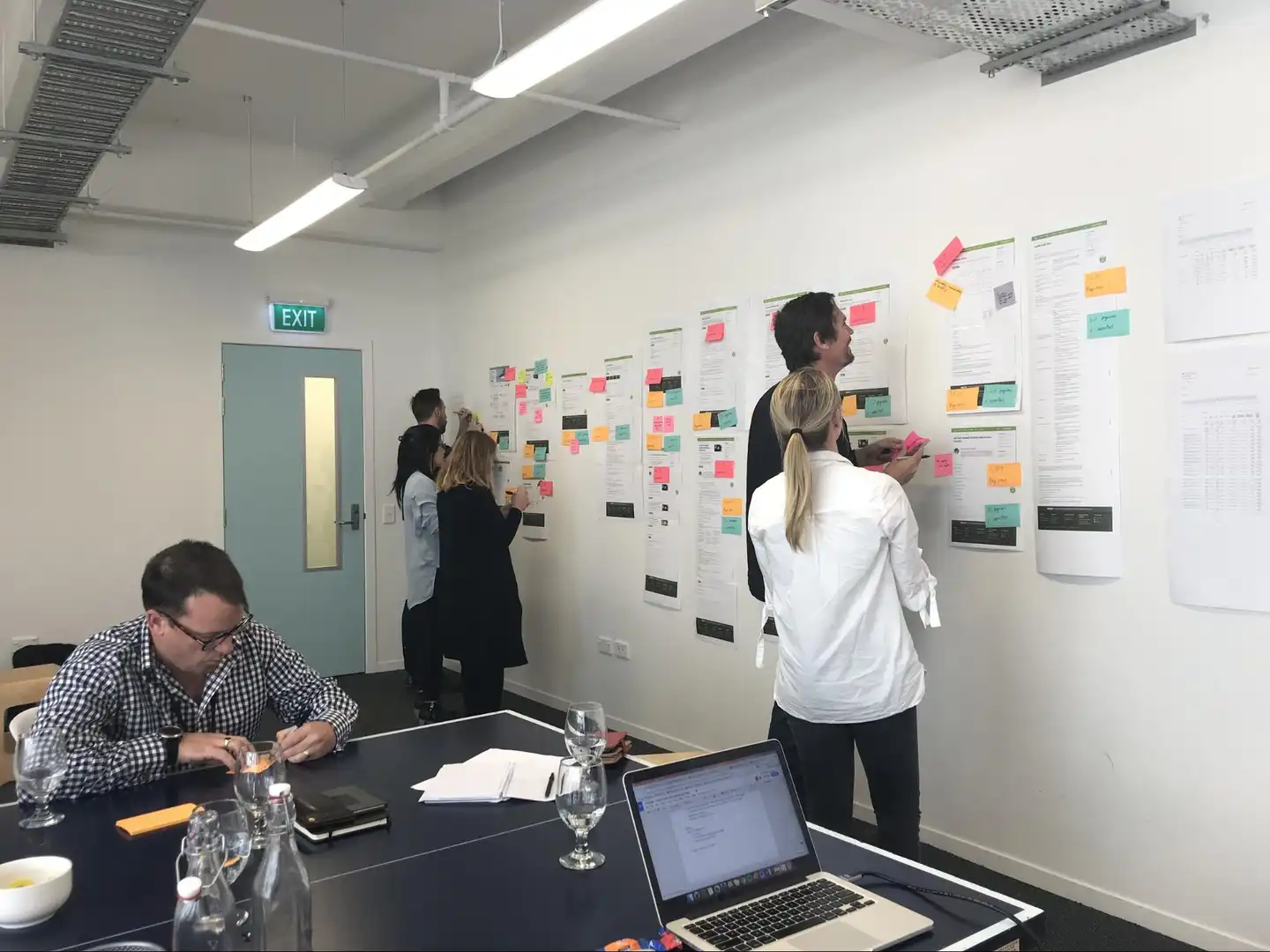
I’m often asked, ‘Isn’t there an out-of-the-box solution or a list of best practices you can use to improve my site’s performance?’ My answer is the same every time.
There’s no one solution that works for everyone. Like people, every business is unique. Yours has different objectives to your competitors’, as well as its own unique audience. What works for them won’t necessarily work for you – and likewise.
This is why the research phase of any conversion rate optimisation (CRO) program is critical. Without it, your recommendations are based on hunches and assumptions. This only leads to wasted time and energy.
Finding focus with conversion research
Conversion research is the first phase of the conversion optimisation process. Using quantitative and qualitative research methods, for example site analytics and user testing, we assess how visitors use the site and the main areas to focus on for improvement. The data and insights we collect help us understand the ‘what’ and the ‘why’ of user behaviour. We then create a list of recommendations based on data-driven insights that are validated through testing.
Identifying causes of lost revenue
CRO is often compared to fixing a leaky bucket. It’s the practice of “plugging the holes”, which really means reducing drop-offs in traffic and loss of potential revenue.
I recommend starting with the biggest hole and identifying the areas of your site that are losing the most valuable traffic. Make improvements here first. When searching for the biggest hole, your first thought might be to head straight for your analytics data. But, before you do that, I recommend carrying out a heuristic analysis review first.

Get direction with a heuristics analysis review
This human-led, task-based evaluation allows you to identify potential problem areas of your website that need further investigation.
You’ll make two passes through the key user journeys, taking note of any usability issues you come across. The first focuses on four heuristics: clarity, friction, anxiety, and distraction. In the second, you’ll look for any technical or design issues. When you start analysing your analytics, you’ll have all the information you need to ask questions of your data.
My pro tip: It’s always best to approach your data knowing what you want answered. If you don’t have a clear direction, you could risk getting bogged down by the vast amount of data available to you.
Data-informed insights
This initial research phase can be as comprehensive as you like. At a minimum, we recommend conducting a heuristic and analytics analysis to identify areas most in need of attention. By combining these two methods, it allows your insights to be backed by data and centred around your user.
Remember that CRO is an ongoing process. Every month you should analyse your site, and uncover new opportunities to test.
If you want to find out more about how to optimise for your audience, get in touch.
Get in touch
Let’s make the things that matter, better.
Email: hello@springload.co.nz
Phone: +64 4 801 8205